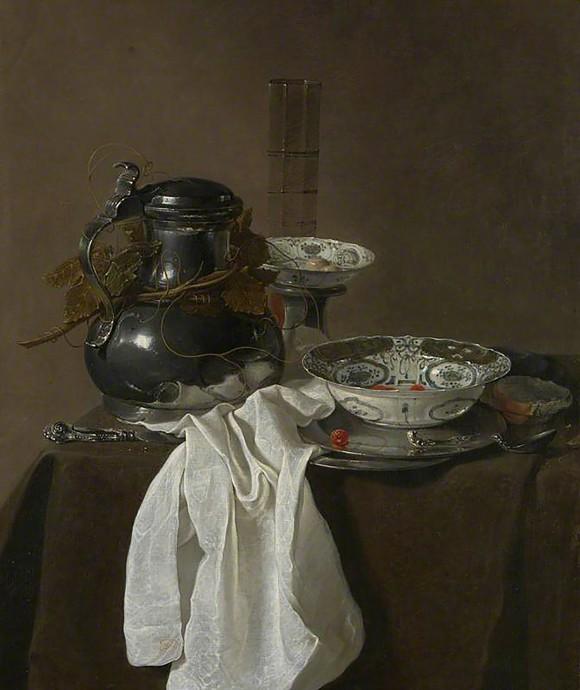In this column, “The Masters’ Thread” (ept.ms/mastersthread), artists share their thoughts about how one master’s piece inspires their current work.
I draw inspiration from the great tradition of the old Flemish masters. I have been constantly studying their compositional solutions, their palette, and the great drama that they created with the relationship between light and shadow.
Among the Flemish masters whose work I admire is Jan Jansz. Treck (circa 1606–1652). He was a Dutch master born in the city of Amsterdam. He devoted himself exclusively to still-life paintings, bringing many innovations to that tradition. Treck’s paintings are a development of the style of the pioneering Haarlem still-life painters Pieter Claesz (circa 1597–1660) and Willem Claesz. Heda (circa 1594–1682).
I could have chosen many of the Flemish masters’ works to explain the “thread” that exists between their work and mine. But this particular piece, “Still Life with a Pewter Flagon and Two Ming Bowls” by Treck, speaks to me particularly strongly because of its elegant composition, the restricted palette, and the beautiful play between shadows and light. The distribution of the objects is exquisite, and I love the variety of textures that he achieved, and yet the eye is not overwhelmed by too much.


